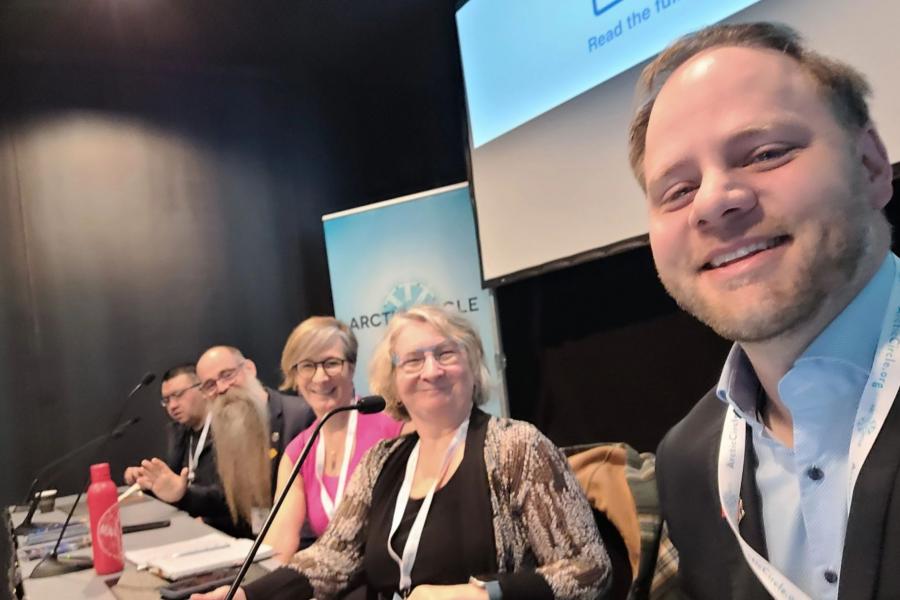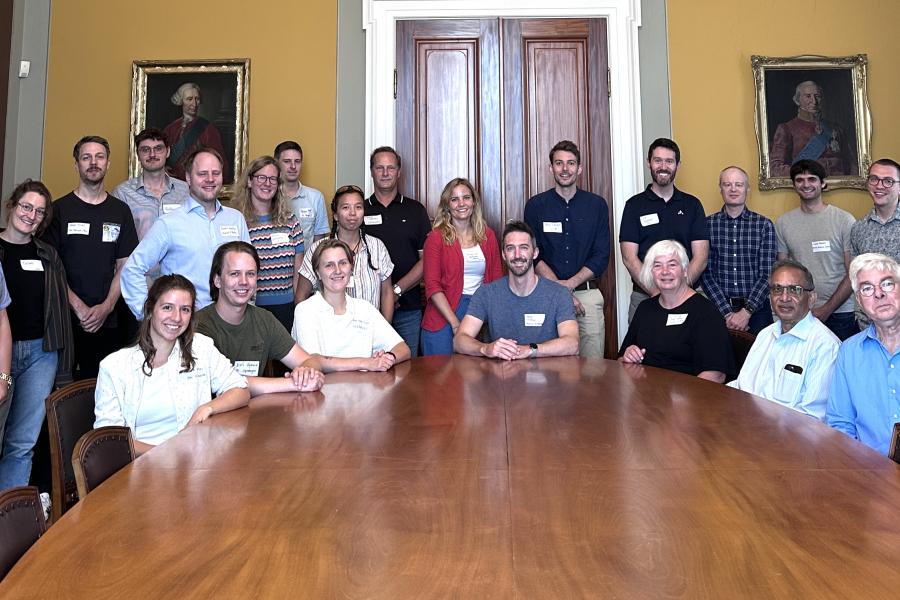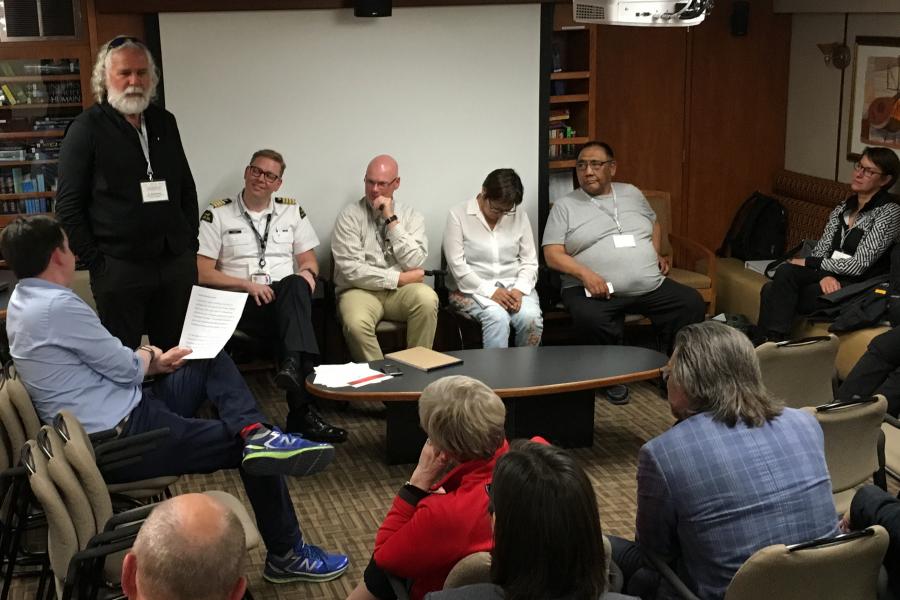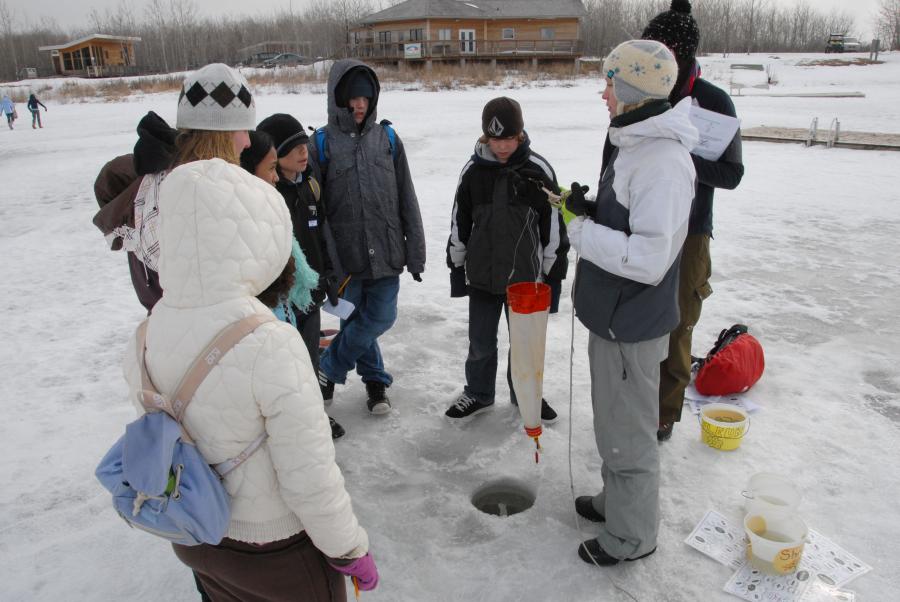ArcticNet is a network of Centres of Excellence of Canada that brings together scientists, engineers, and other professionals in the human health, natural and social sciences with partners from Inuit organizations, northern communities, federal and provincial agencies and the private sector to study the impacts of climate change and modernization in the Canadian North.
ArcticNet initiated an Integrated Regional Impact Study (IRIS) process to integrate research results and communicate them to communities, northern organizations and other interested parties. For this process, the North was divided into four, broadly defined regions: Western and Central Arctic, Eastern Arctic, Greater Hudson Bay Region, and the Eastern Subarctic. The regions do not reflect land claim boundaries but rather similarities or commonalities in important aspects of the environment.
A joint initiative between CEOS and ArcticNet was the IRISes for the Greater Hudson Bay Marine Region and the Western and Central Canadian Arctic Region. The IRIS process aimed to address the knowledge gaps for each region and to strengthen evidence-based decision making by broadening and integrating knowledge bases. Each IRIS consists of two parts: a large report of science-based knowledge, and a synthesis of this knowledge along with subsequent policy-related recommendations.
Learn more at arcticnet.ulaval.ca






